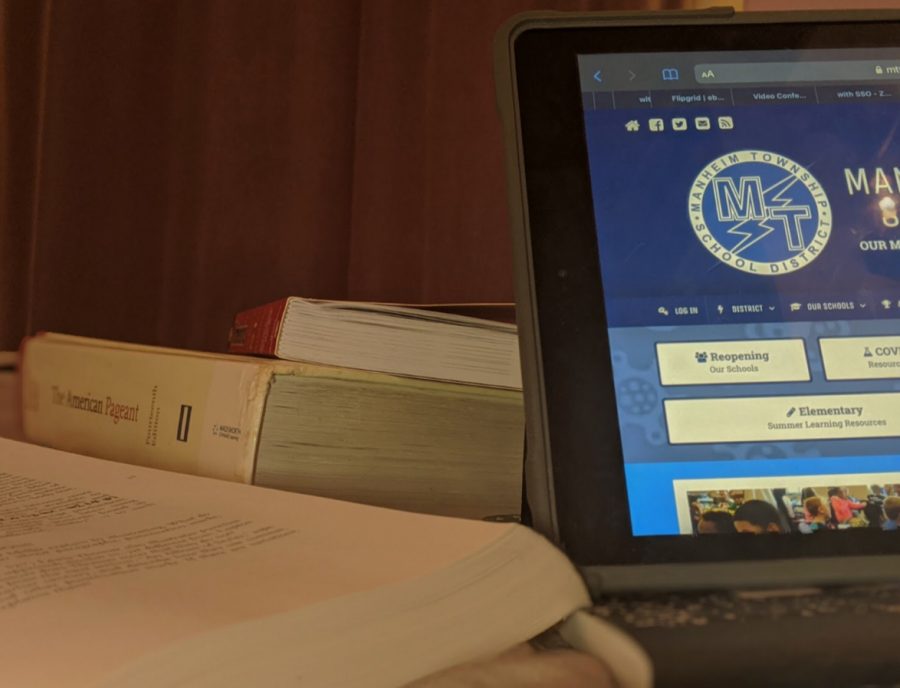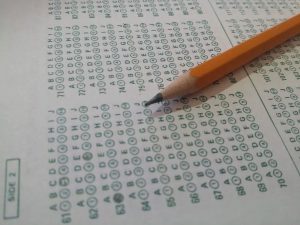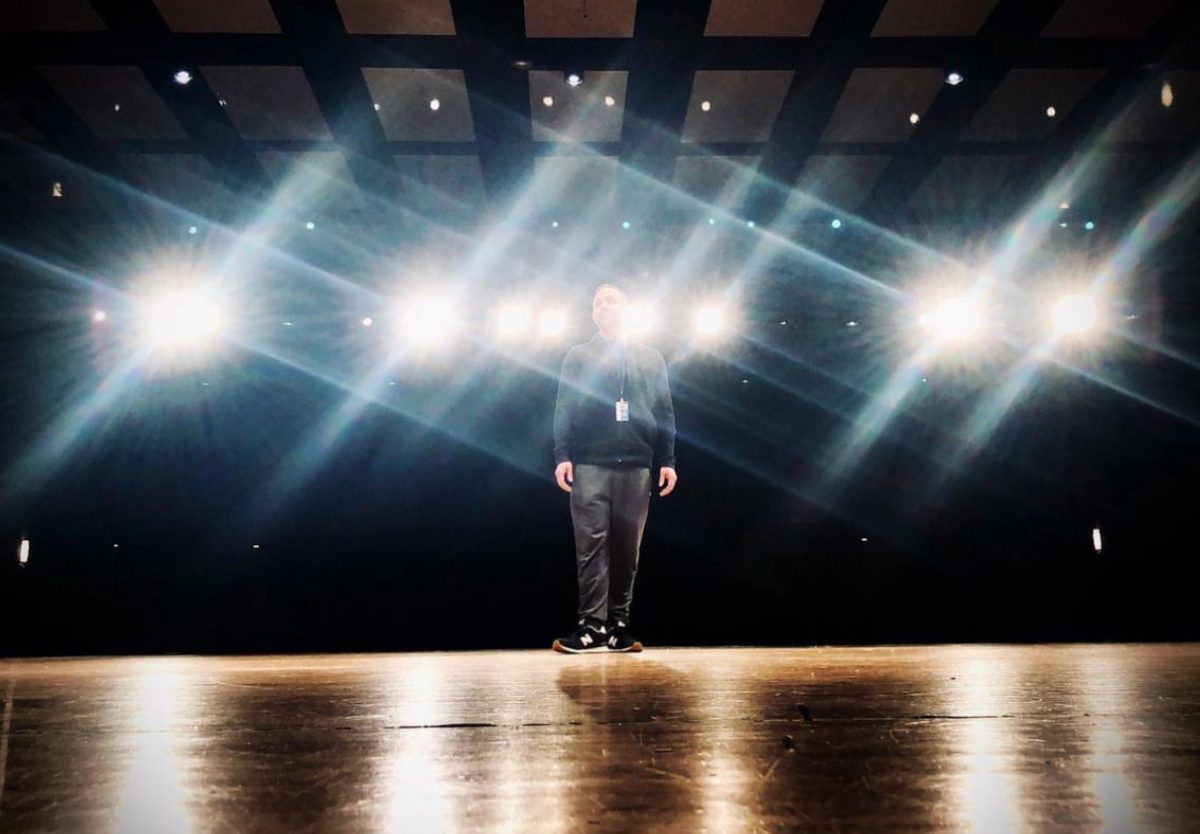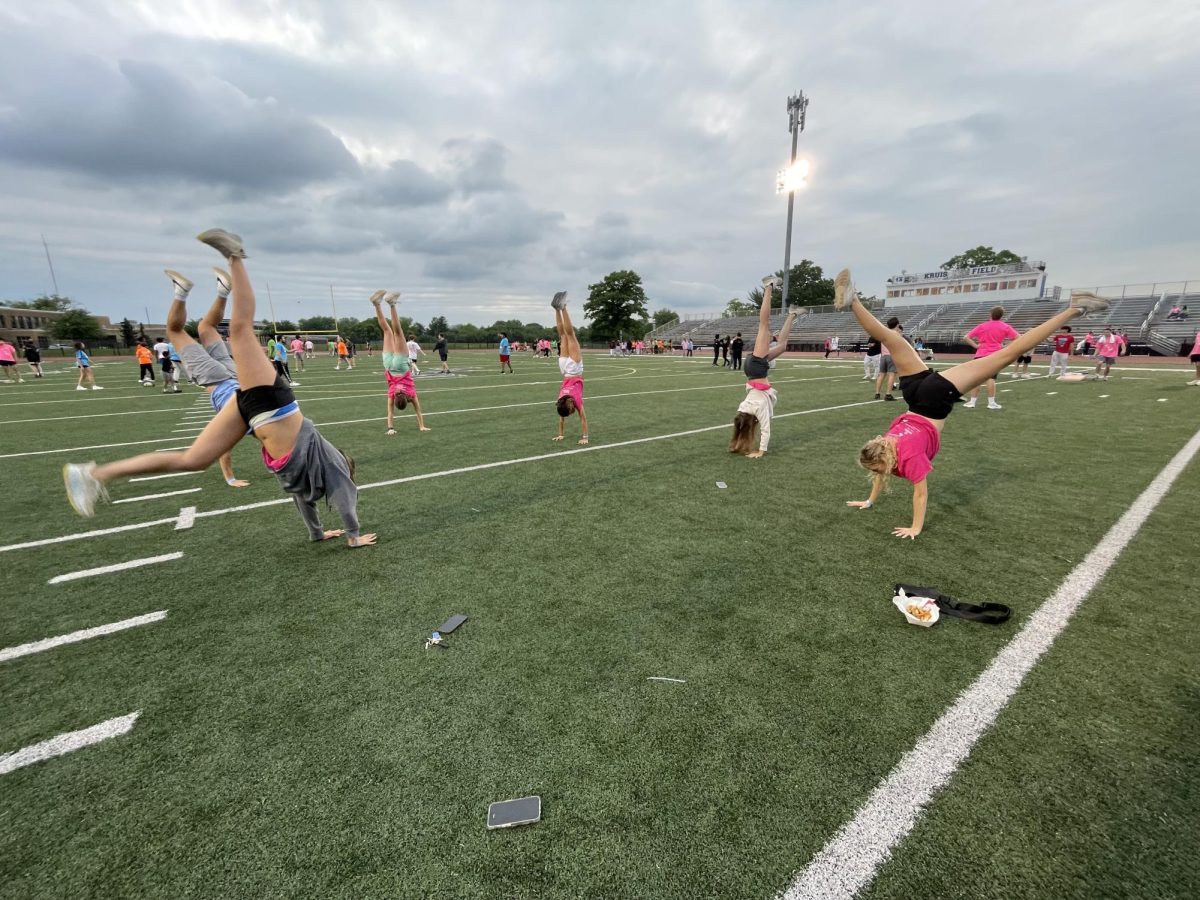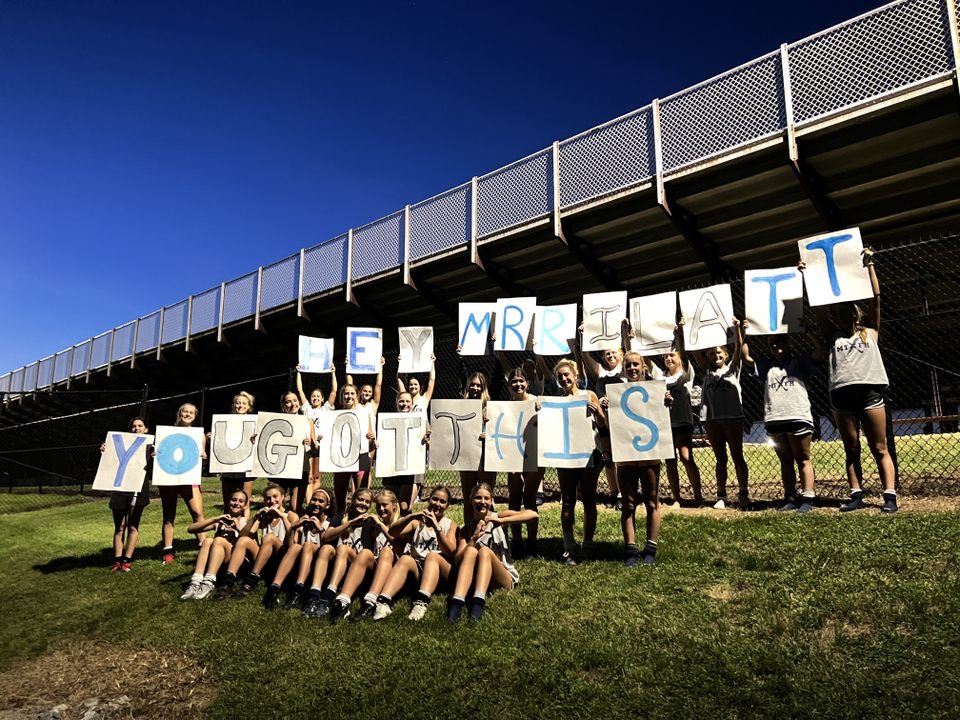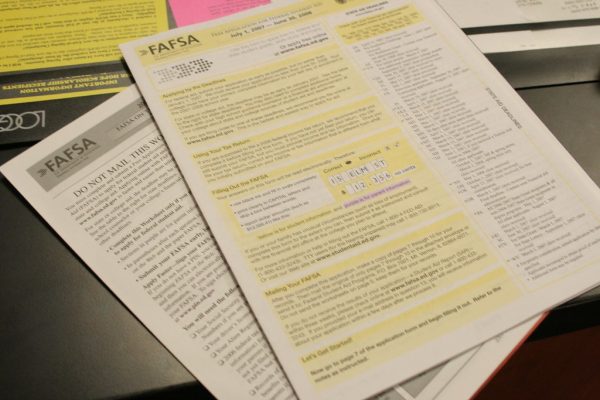For students with disabilities, online learning was long overdue
September 8, 2020
The coronavirus pandemic has led many to question day-to-day norms and policies, especially in the educational environment. Our rapid shift from in-person to online schooling, though it may have been hectic, has shown to some with disabilities that their requests for classes and materials to be accessible to students online was always possible, it just took a pandemic to get them there.
The ability for all students to attend live streamed or recorded classes for the fall semester due to the pandemic has been particularly controversial in disabled communities. College and K-12 schools’ quick adoption of these practices has left some disabled people wondering why these accommodations could not have been implemented earlier for students who have difficulties attending classes on a regular basis.
This is especially difficult for students attending colleges and public schools with strict attendance requirements. In Manheim Township, for example, each student is allowed a total of ten excused absences. Students with IEPs and 504 plans are given exemptions to this policy under specific circumstances, but these students are still missing out on vital education. Giving students the option to attend full school days remotely as an accommodation for a disability or in the case of a prolonged absence could be beneficial in reducing the number of instructional hours these students miss.
Beginning in mid-March, institutions proved to students and parents that virtually nothing had been holding educators back from providing livestreamed classes and other remote learning options to students who cannot attend in-person classes. Some had previously claimed that instructors may not have the abilities or resources to provide these services to students, however the rapid rise of online learning in the midst of the pandemic has proven that it always was.
Students with disabilities have been asking universities and K-12 schools for years to make their classes and materials available to everyone enrolled, and it should not have taken a pandemic for educators to finally accommodate their needs.


